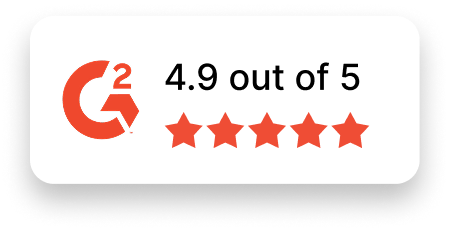Hardware Engineer Job Description Template
Use this template to craft job descriptions for hiring Hardware Engineers. Tailor it to reflect your organization’s specific goals and technical needs.
Job Title: Hardware Engineer
Location: [Specify Location or Remote]
Job Type: [Full-time/Part-time/Contract]
About the Role
We are seeking a skilled and innovative Hardware Engineer to design, develop, and optimize hardware systems and components for our products. You will play a critical role in ensuring performance, reliability, and scalability across our hardware solutions while collaborating with cross-functional teams throughout the development process.
If you’re passionate about solving complex challenges, creating efficient designs, and working in a fast-paced technical environment, this role offers you the opportunity to make a meaningful contribution to cutting-edge projects.
Responsibilities
- Design, develop, and test hardware components, including circuit boards, processors, and memory devices.
- Create and review schematics and layouts using CAD and other design software tools.
- Collaborate with software teams to ensure seamless integration of hardware and software components.
- Perform simulations and validation tests to optimize system performance and reliability.
- Troubleshoot and resolve hardware issues during development and product lifecycle.
- Maintain documentation for hardware designs, technical specifications, and testing procedures.
- Research emerging hardware technologies and recommend improvements to existing solutions.
- Ensure compliance with industry standards and regulatory requirements during development.
- Optimize hardware designs for cost efficiency, durability, and scalability.
- Support manufacturing teams with technical guidance and design for manufacturability (DFM).
Required Skills & Experience
- Bachelor’s or Master’s degree in Electrical Engineering, Computer Engineering, or a related field (or equivalent experience).
- Proven experience in hardware design and development, including PCB design and testing.
- Proficiency in CAD software, such as Altium Designer, KiCAD, or similar tools.
- Strong understanding of analog and digital circuit design principles.
- Experience with microcontrollers, processors, and memory chip integration.
- Familiarity with hardware testing tools, including oscilloscopes, logic analyzers, and signal generators.
- Knowledge of power supply design, signal integrity, and thermal management.
- Excellent problem-solving skills with a detail-oriented approach to hardware optimization.
- Strong teamwork and communication skills to effectively collaborate across disciplines.
Nice-to-Have Skills
- Hands-on experience with FPGA/ASIC design and development.
- Background in IoT hardware development and connectivity solutions.
- Familiarity with high-speed communication protocols, such as USB, PCIe, or Ethernet.
- Knowledge of wireless technologies like Bluetooth, Wi-Fi, or cellular systems.
- Experience in developing ruggedized hardware for industrial or military applications.
- Certifications in related fields, such as IPC design standards or ESD compliance.
- Understanding of machine learning or AI hardware accelerators.
Why Join Us?
- Exciting Projects: Work on challenging and innovative hardware designs that redefine technical possibilities.
- Collaborative Team: Be part of a supportive team that values knowledge sharing and diverse perspectives.
- Growth Opportunities: Access continuous learning, certifications, and mentorship to advance your career.
- Flexibility: Enjoy work arrangements that support work-life balance, including hybrid or remote options.
- Inclusive Culture: Join a workplace where diversity is celebrated, and everyone feels empowered to contribute their unique talents.
Apply Now
Are you ready to design and develop hardware solutions that power the future? Join [Your Company Name] as a Hardware Engineer and help create technology that makes a difference. Apply today!

